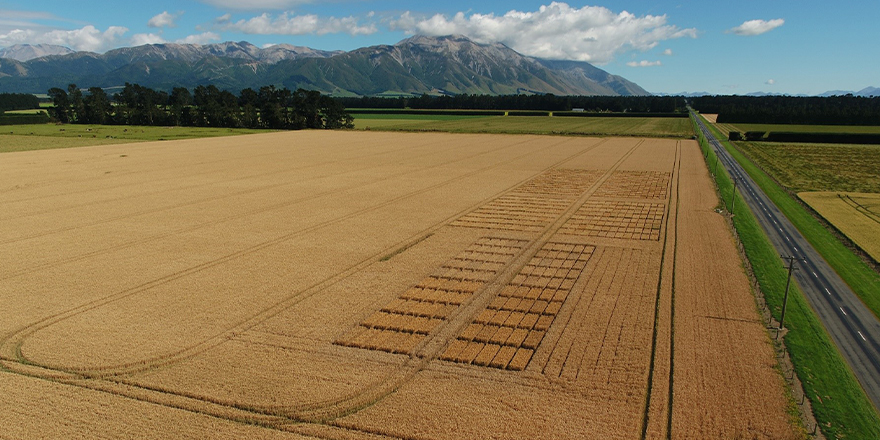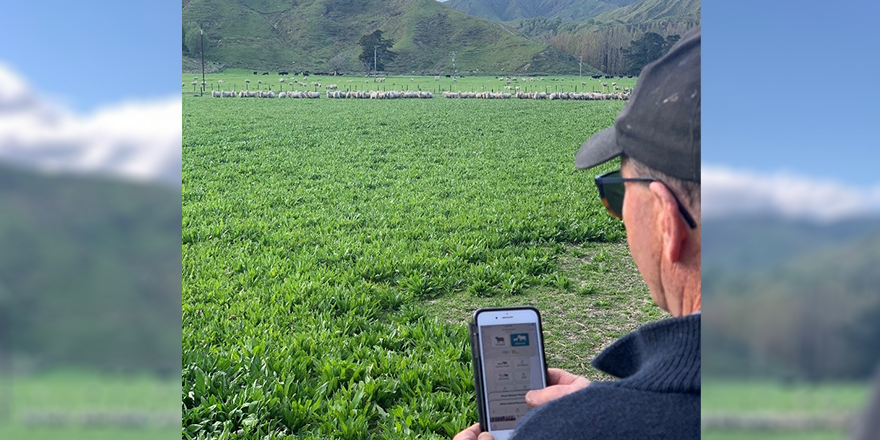
Executive Summary
This report seeks to draw insights from the global response to Covid-19 and evidence from actions currently underway in
New Zealand’s food and fibre sector to predict the likely future scenario for the global food system in 2030. Given this likely scenario, the report will identify areas of opportunity for New Zealand to pursue to position itself to succeed in a changed future food system.
Analysis provided in this report relies heavily on a scenario mapping exercise undertaken by the World Economic Forum (WEF) in 2017 titled ‘Shaping the future of global food systems: a scenarios analysis.’ My research will seek to unpick these scenarios to answer the below focal question:
“According to the four potential worlds provided by the WEF (2017), what is the likely scenario for the global food system in 2030 and how can New Zealand position itself to succeed?”
Findings demonstrate that in 2030, the world’s food system will make significant shifts towards being more resource-efficient, with reasonable market connectivity showing a balanced focus between local production and trade.
This future provides the platform to achieve an aspirational food system that is efficient, sustainable, inclusive and delivers healthy and nutritious food to the world. In doing so, the world can improve its food system and contribute towards achieving a large majority of the Sustainable Development Goals agreed by the United Nations (UN) in 2015. To get to this state, significant investment must be made in climate and environmentally responsible actions to lower the overall emissions and pollution profile of the sector.
Shifts in consumer habits are already signalling a preference for healthy, safe, environmentally sustainable, and ethically produced food. Food innovation is enabling new product development to help keep products relevant. Green economic recovery strategies following short term Government responses to the pandemic are highlighting various Governments’ prioritisation to rebuild back economies within planetary boundaries, putting our ecological and social systems first.
Redesigning Aotearoa’s Food system
New Zealand is well positioned to succeed in any likely future global food system scenario. However, disruption from Covid-19 and the various impacts on the food and fibre sector from putting social and ecological considerations first, has signalled that change is required. For New Zealand’s food and fibre sector to remain relevant and lead aspirational change towards an aspirational food system in 2030, this report recommends that, as well as pursuing the opportunities noted in section 8.4 of this report, the below actions should be taken. Further detail on the below recommendations can be found in section 11.
1. Taking action towards initiatives as set out in the sectors’ Fit for a Better World roadmap. 2. Co-investing in a centre of excellence to share market insights and improved data coordination and access.
3. As noted in Fit for a Better World (2020) removing trade barriers and maintaining market access through developing appropriate ethical and environmental standards to keep up with the changing food system and international market consumption trends.
4. Developing a fit for future horticulture system and supply-chain by:
-
- using our competitive advantage to invest in intellectual property and new commercial opportunities from native fauna;
- incentivising and supporting the uptake of new horticulture and novel product development through capability building and connecting growers with a pathway to market; and
- incentivising collaboration between Government, business and research institutes to invest in horticulture and bio-technology.
5. Pursuing new / innovative structural changes to the food and fibre sector labour market by:
-
- ensuring education institutes are providing agriculture, horticulture and agribusiness study opportunities;
- appropriately recognising the skillset required for jobs in the food and fibre sector and reflecting this in renumeration; and
- improving cross-sector collaboration to provide a national network of accommodation for seasonal employees in multiple industries.
6. Proposing regulatory change for industries likely to experience market failures such as honey.
7. Supporting marketplaces for start-ups, novel products and new horticulture by considering the appropriateness and economic viability of creating regulations or incentives that guarantee shelf space in all supermarkets for New Zealand products.
8. Taking action to adapt food supply chains and improve supply chain resilience through:
-
- ensuring local authorities maintain a space for local markets to operate safely in a Covid-19 environment;
- investment by industry bodies and businesses in e-platforms, and digital marketplaces; and
- encouraging co-investment in a feasibility study for New Zealand to own a small shipping fleet to enhance supply-chain resilience.
9. Increasing the availability and affordability of nutritious and healthy food on the domestic market by:
-
- pioneering food business to doctor models;
- increasing Government and public health investment in nutrition education and regulating food deserts to maintain a minimum quality of access to healthy food; and
- exploring the feasibility




